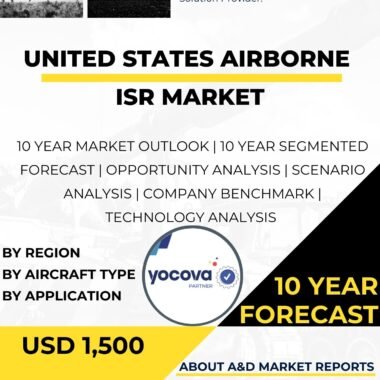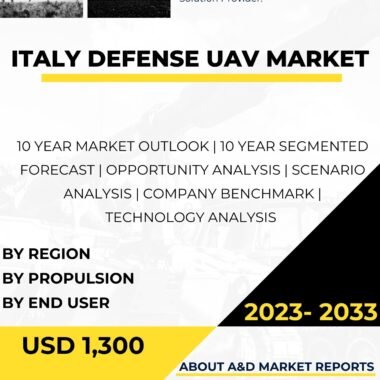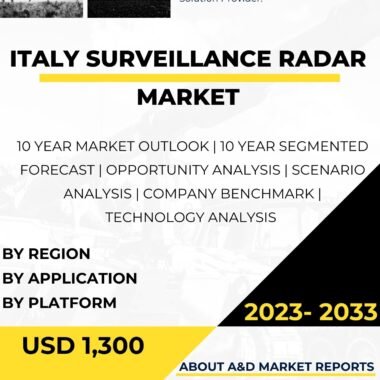Description
The Australia Defense UAV (Unmanned Aerial Vehicle) Market is a crucial and rapidly growing segment within the country’s defense industry. UAVs, commonly known as drones, have become indispensable assets for modern military operations due to their versatility, endurance, and cost-effectiveness. These advanced unmanned aerial systems play a pivotal role in enhancing the Australian Defense Force’s (ADF) capabilities across various defense domains, including reconnaissance, surveillance, intelligence gathering, target tracking, and strike missions.
One of the primary applications of UAVs in the defense sector is in reconnaissance and surveillance operations. Equipped with high-resolution cameras, infrared sensors, and other advanced payloads, UAVs provide real-time intelligence and imagery to military commanders and personnel on the ground. These capabilities enable the ADF to gather critical information about potential threats, monitor borders and maritime areas, and conduct covert surveillance in challenging terrains or urban environments.
Moreover, the Australia Defense UAV Market is essential for intelligence gathering and target tracking. UAVs equipped with sophisticated sensors and tracking systems can detect and monitor the movement of hostile forces, identify potential threats, and provide valuable data for strategic decision-making. These capabilities are particularly valuable for monitoring conflict zones and conducting counterterrorism operations.
The Australia Defense UAV Market also plays a vital role in providing communication relay and data transmission capabilities. UAVs can act as communication relays, extending the range and coverage of military communication networks, especially in remote or inaccessible areas. They serve as communication hubs, enabling seamless data exchange between ground forces, command centers, and other defense assets.
The market for Defense UAVs in Australia is driven by the increasing demand for advanced reconnaissance and intelligence capabilities. The ADF’s focus on intelligence-driven operations necessitates reliable and real-time data collection, which UAVs excel at providing. Their ability to access hard-to-reach areas and conduct surveillance from different altitudes and angles enhances the ADF’s overall situational awareness and operational effectiveness.
Collaboration between the defense industry and academic research institutions plays a vital role in driving innovation in the Australia Defense UAV Market. Research partnerships allow for the exploration of cutting-edge UAV technologies, advanced sensor systems, and autonomous flight capabilities, enabling the ADF to benefit from the latest developments in the field.
The market is also influenced by government policies and defense procurement decisions. Ensuring long-term funding and support for research, development, and acquisition of UAV systems is crucial to maintaining technological superiority and enhancing Australia’s defense capabilities.
Moreover, the adoption of advanced cybersecurity measures is paramount in UAV systems to safeguard against potential cyber threats. As UAVs become increasingly interconnected with military networks and communication systems, ensuring the integrity and security of data and communication is essential to prevent unauthorized access or tampering.
In conclusion, the Australia Defense UAV Market is a vital and rapidly growing segment within the country’s defense industry. UAVs provide the ADF with versatile and cost-effective solutions for reconnaissance, surveillance, intelligence gathering, and communication relay. By investing in cutting-edge technologies, fostering research collaborations, and ensuring cybersecurity measures, the Australian defense industry can maintain a competitive edge and harness the full potential of UAV systems to strengthen the nation’s defense capabilities. These advanced technologies will continue to play a pivotal role in enhancing the ADF’s operational capabilities, intelligence gathering, and situational awareness, ensuring Australia’s readiness to address evolving security challenges on both regional and global fronts.




